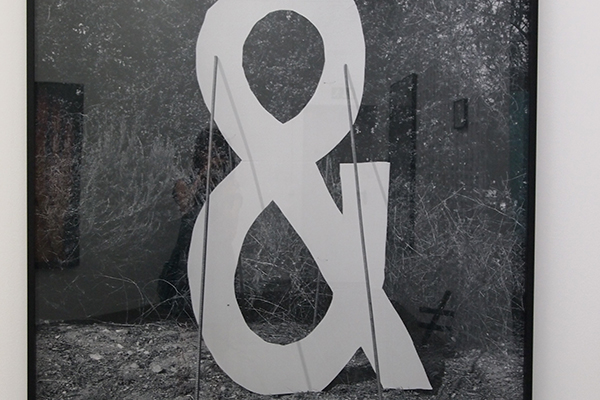EX, WAI & ZEE
Museum of Modern Art Online Exhibition
It was pretty much inevitable that this exhibition would interest me, considering that it deals with two of my favourite topics: language (hello, English major) and art (hello, editor of what section again?). On a very basic level, it might appear that words and images are rather dissimilar modes of communication. While we use both to convey information in our everyday lives, they function quite differently: words paint a picture figuratively, images literally. Ecstatic Alphabets/Heaps of Language is a collection of artworks that seeks to disrupt this very convention, forcing us to cast aside our deeply ingrained presumptions of how these two mediums co-exist and interact. Words and images accompany each other in anything from advertisements to storybooks to newspapers and magazines, but it isn’t often they combine with a whole new dialectical significance. And yet this is exactly what Ecstatic Alphabets does.
The exhibition brings together artworks from a wide range of international artists, divided into historical and contemporary groups. The historical pieces explore the fascination with language that developed in Europe in the twentieth century, examining how artists and poets began to experiment with using language in an increasingly visual manner. Random words, abrupt sentences and oddly fragmented phrases intersect in space, arranged and ordered in seemingly bizarre ways. This prompts us to question exactly how we make sense through language: how literary history has dictated our modes of understanding and interpreting words and their meanings. Filippo Tommaso Marinetti’s Vive la France features his signature phrase “zang tumb tuuuuuuuuuuuum” repeated in varying sizes and styles across the canvas, layered across and over one another in complex formations. The dizzying pattern the viewer’s eye follows across the artwork invokes the onomatopoeic nature of the peculiar phrase, emphasising its verbal and visual qualities.
The contemporary collection of pieces for the exhibition continues to discover new horizons in word and picture play — “language is boldly cut off from literature, received meanings, and, in some cases, the duties of communication altogether.” Contemporary artists experimenting with language and art increasingly utilise sculpture, collage, and print to create new expressions of dual meaning. The fascinating artwork Found Fount: Wild Asters by Paul Elliman is an ongoing project that aims to create a system for explaining the world (much in the way words do) using objects already present in the world. At first glance, Elliman’s artwork does not so much resemble art or language as it does an arbitrary assortment of pieces of jewelry. However, the collection of rhinestones, lucite, silver and other materials actually constitute a kind of font, where no “letter” or character is used more than once. The work urges us to reconsider our use of language by offering a font is that doesn’t invoke our own familiar alphabet but is nevertheless a system of visual communication.
Apart from the whole deep-thinking, reconfiguration-of-all-our-notions side of it, the exhibition itself is highly visually stimulating, with a lot of works that are simply fun to look at and encourage us to ponder the playful interplay of words and pictures. One of my favourites from the entire collection is Tauba Auerbach’s How to Spell the Alphabet, which simply spells the alphabet phonetically from A — Z. Wonder if my lecturers would object to me sneaking in a cheeky “dubblyew” instead of “W” in an essay? I’ll keep you posted.



